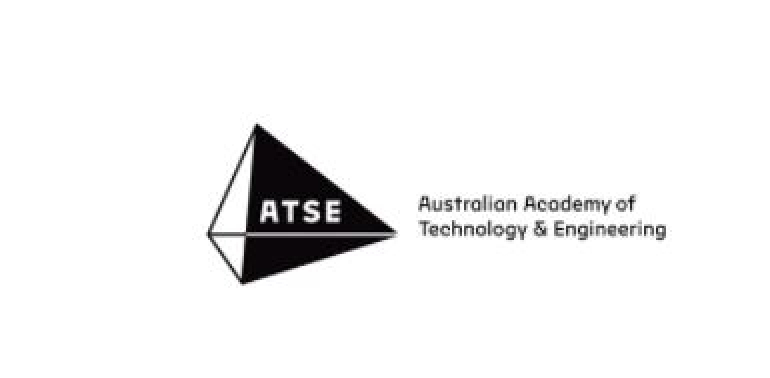Latest news
Read the latest news from the Centre for Sustainable Materials Research and Technology

The UNSW SMaRT Centre contributed to the Australian Academy of Technological Sciences & Engineering's submission to the Department of Regional NSW for its Critical Minerals and High-Tech Metals Strategy consultation.
Extract:
Future activity in NSW may include industry-led exploration and mining of promising deposits including cobalt, antimony, lithium, and rare earth elements. As other Australian states have more extensive critical mineral deposits, there is an opportunity for NSW to focus on developing mining and processing technologies that could be utilised in partnership with other states. The Strategy can support technology development and deployment, supplementing industry initiatives.
The Strategy can enhance the role of waste as a resource. E-waste and mining by-products represent significant sources of metals and other essential materials for a net zero future. The Strategy can support research, development and roll-out of recycling technologies, which can often be set up in regional areas. Locally developed technologies include the MICROfactorie, created by ATSE Fellow, Scientia Professor Veena Sahajwalla, which can recover resources from waste to create new value-added products. New technologies from overseas are also investment opportunities such as HyProMag used in rare earth magnetic recycling.
Delivery of the Strategy will require a skilled workforce for discovery, extraction, and sustainable processing, as well as recovery and recycling, and manufacturing of net zero technologies such as batteries, solar cells and turbines. These will require skills and training in resource and economic assessment, chemical and mining engineering, mineral
separation and concentration, hydrometallurgy, pyrometallurgy, and plant operation. Developing these skills is particularly crucial given their broad applicability to other aspects of the green energy transition and development of resilient infrastructure. ATSE agrees with the Strategy’s proposed focus on developing skills and training to support the workforce: we have considerable expertise in this space and would welcome the opportunity to further assist the New South Wales Government in the development of an appropriate roadmap for skilled workforce development.
We note that universities are absent from the previous Strategy, despite housing the programs essential to the mining industry and supporting the industry through technology development. Federal policy has reduced the profitability of these programs. With declining enrolments, universities are discontinuing courses such as geology, geography and metallurgy. Graduates of these programs will be vital to realise the benefits of Australia’s critical mineral deposits. To be successful, the Strategy must highlight the role of universities and support their ability to deliver appropriate training. Research and development, including in recycling, and a highly skilled workforce will be imperative to supporting a minerals industry that contributes to Australia’s net zero ambitions.